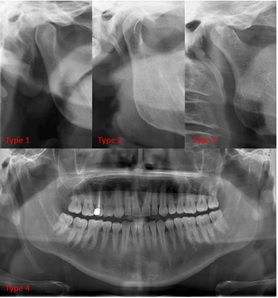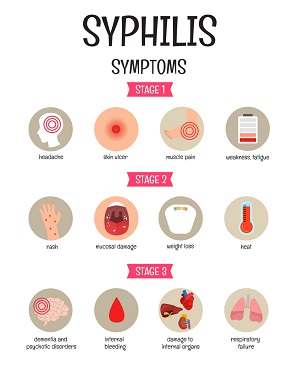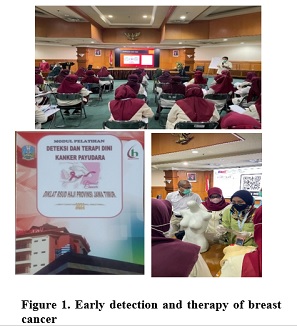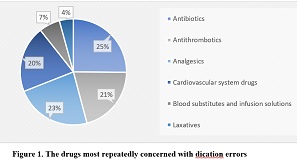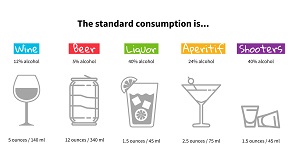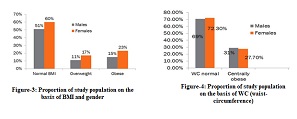A Effect of Hemoglobin Levels and Body Mass Index of Female Workers on Their Work Productivity. A Systematic Review

Downloads
More young women are working than ever before and they contribute a lot to achieving the company's revenue targets. Work productivity is closely related to the incidence of chronic energy deficiency, obesity, and anemia which are still high in young women in Indonesia. This nutritional problem can be identified by assessing the body mass index (BMI), and hemoglobin levels. How is the effect of BMI and Hb levels related to their work productivity? In this systematic review study, work productivity is described based on the number of work attendance and the number of workers able to accomplish their work. The data were collected from primary research results with the help of PubMed, Science Direct, and Research Gate databases. The keywords used were 'Hemoglobin' or 'BMI' combined with 'Women workers' and 'Productivity'. The data were adjusted to the Selected Reporting Items for Systematic Reviews and the Meta-Analyses chart, and four articles were obtained in which the data were synthesized in a narrative manner. Women workers with obesity were found to be about 20.50%, 2.03% were malnourished and 39.19% were anemic. Productivity and work attendance decreased in those with anemia and low BMI. A person's hemoglobin level and BMI are directly proportional to the productivity level of the women workers.
Copyright (c) 2023 Surya Anugraha, Sri Umijati

This work is licensed under a Creative Commons Attribution-ShareAlike 4.0 International License.
- The journal allows the author to hold the copyright of the article without restrictions.
- The journal allows the author(s) to retain publishing rights without restrictions.
- The legal formal aspect of journal publication accessibility refers to Creative Commons Attribution Share-Alike (CC BY-SA).
- The Creative Commons Attribution Share-Alike (CC BY-SA) license allows re-distribution and re-use of a licensed work on the conditions that the creator is appropriately credited and that any derivative work is made available under "the same, similar or a compatible license”. Other than the conditions mentioned above, the editorial board is not responsible for copyright violation.





















